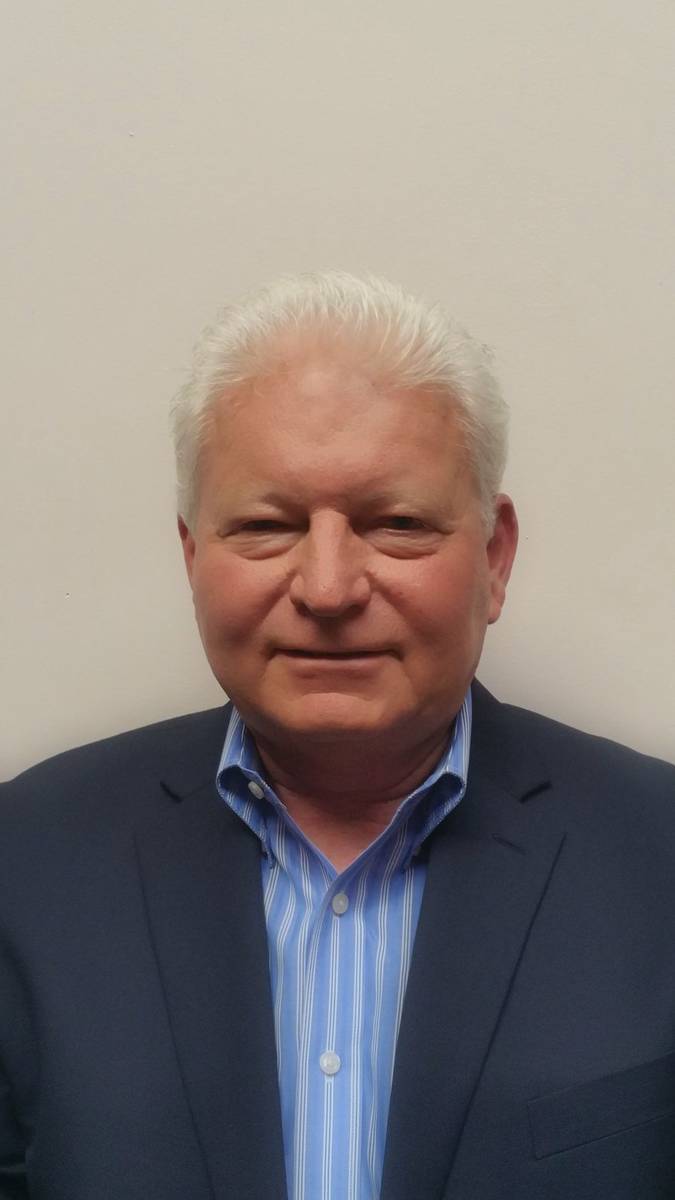TIM BURKE: Did the stay-at-home order change family dynamics?
Families have had to adjust to a new reality during the COVID-19 order to stay at home. When schools were closed by Governor Sisolak, schools and schoolteachers moved to a “Learning at a Distance” program that allows students to continue their classes remotely.
The responsibility of making sure that students are doing their schoolwork and keeping up on their studies has shifted to the parents and not the schoolteachers. Parents have had to become (sometimes painfully) reacquainted with math, English, and science subjects to be able to help their children continue their studies.
Children were not the only family members who had to stay home. Spouses, partners, and significant others were together always as a result of the pandemic. Some because they are furloughed or because they are laid off. Others because they are working from home as their jobs shifted from an office setting to their homes.
In some ways, we have returned to a more traditional model of family roles and dynamics, but that idealistic view is not entirely accurate. Unlike the perfect family TV sitcoms of the 50s, the stay-at-home order forced families to be together always with less opportunity for personal space. Secure family units with solid foundations are better equipped to deal with the stressors brought about by constant contact with family members. For families that were dysfunctional before the quarantine, being together constantly reinforced the existing problems that were already present within the family.
Job loss, financial pressure, perhaps the loss of a family member to the virus, and the constant uncertainty of when will this ever end, bring more stress into a family. Some relationship experts said being cooped up with another person may intensify your focus on that person’s flaws.
If there is a crack in your relationship’s foundation, the stress of staying at home with that “other person” will expose the problem. You can’t escape it. Being self-quarantined may build contempt for that person and increase your defensiveness.
While no clear data is available yet, many communities are reporting a rise in domestic violence. It is common for domestic violence abusers to isolate their victims as an act of control or to reduce the opportunity for disclosure of abuse, and the current conditions are likely furthering the impact of these actions.
Perpetrator-imposed restrictions and continued surveillance of social media, internet, and cell phones may also limit the ability of victims to reach out for help electronically. Further, schools, libraries, and churches are all critical staples in family routines around the globe.
Families who are victimized by violence or abuse in the home indicate these institutions often offer crucial emotional support and provide an opportunity for a “reprieve” from their abusive home environment – a reprieve they are no longer getting at this time.
Additionally, alcohol abuse, a commonly reported risk factor for family violence, has been linked to an accumulation of stressful events and a lack of social support, which are both a result of COVID-19. With bars and restaurants limited to take-out service only in many communities, family violence perpetrators who abuse alcohol may be even more likely to do so in the home, likely increasing the risk for the entire household.
Even though the COVID-19 lockdown brought a multitude of problems for everyone, it did have a positive effect on strengthening families that could adapt to the new reality. Before COVID-19, your typical neighborhood was empty of children playing outside. Families stayed inside their homes and did not venture out into their community, and adults exercised by going to the gym.
Now, in our neighborhoods, you will see garage doors open, children playing in the street, adults sitting outside or in their garage so they can be in touch with other adults at least from afar, and adults are walking or jogging through their neighborhoods.
When this craziness is over, let’s not go back to self-imposed isolation from our neighbors, and let’s keep this positive aspect of the lockdown as we move forward.
Tim Burke is a businessman, philanthropist, educator and Pahrump resident. Contact him at timstakenv@gmail.com
















